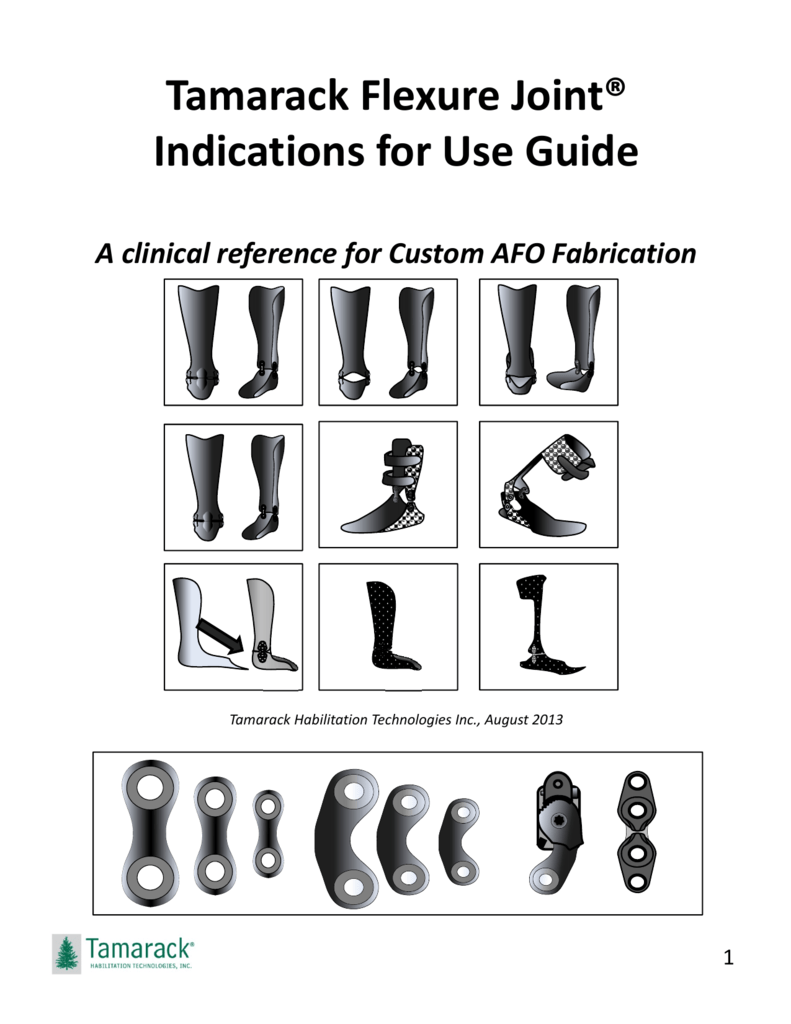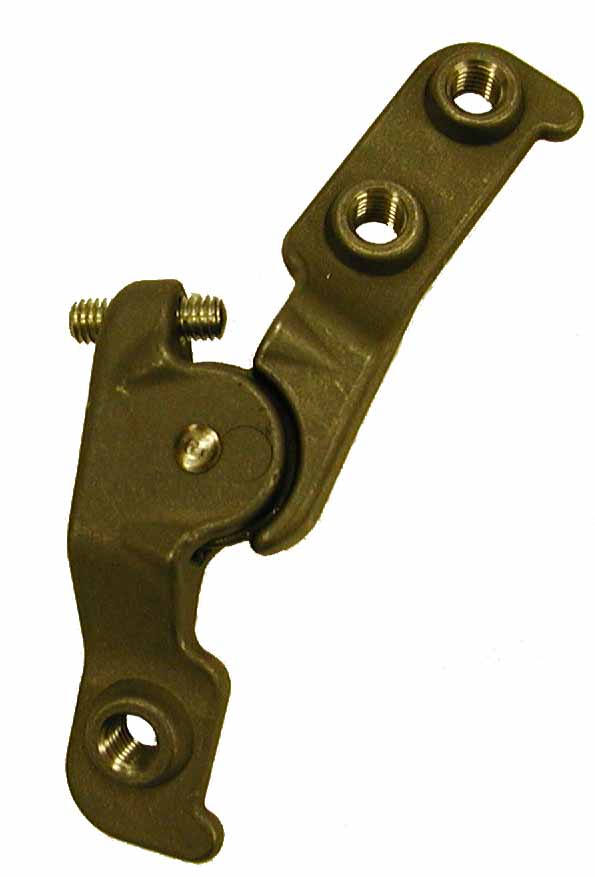


It is caused by a force being applied to the side of the knee when the foot is placed on the ground.ĭamage to the collateral ligaments can be assessed by asking the patient to medially rotate and laterally rotate the leg. Injury to the collateral ligaments is the most common pathology affecting the knee joint. It prevents posterior dislocation of the tibia onto the femur.Ĭlinical Relevance: Injury to the Knee Joint Collateral Ligaments Posterior cruciate ligament – attaches at the posterior intercondylar region of the tibia and ascends anteriorly to attach to the anteromedial femoral condyle.It prevents anterior dislocation of the tibia onto the femur. It ascends posteriorly to attach to the femur in the intercondylar fossa. Anterior cruciate ligament – attaches at the anterior intercondylar region of the tibia where it blends with the medial meniscus.In doing so, they cross each other, hence the term ‘cruciate’ (Latin for like a cross) Cruciate Ligaments – these two ligaments connect the femur and the tibia.Fibular (lateral) collateral ligament – thinner and rounder than the tibial collateral, this attaches proximally to the lateral epicondyle of the femur, distally it attaches to a depression on the lateral surface of the fibular head.Proximally, it attaches to the medial epicondyle of the femur, distally it attaches to the medial condyle of the tibia. Tibial (medial) collateral ligament – wide and flat ligament, found on the medial side of the joint.They act to stabilise the hinge motion of the knee, preventing excessive medial or lateral movement Collateral ligaments – two strap-like ligaments.Patellar ligament – a continuation of the quadriceps femoris tendon distal to the patella.The major ligaments in the knee joint are:


 0 kommentar(er)
0 kommentar(er)
